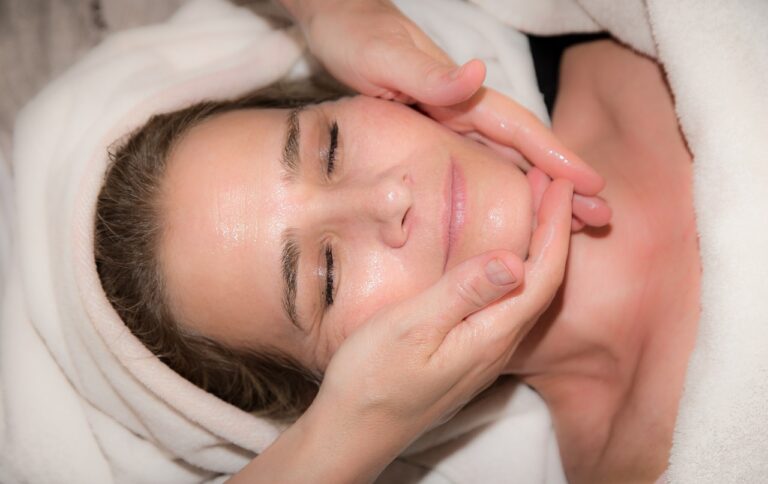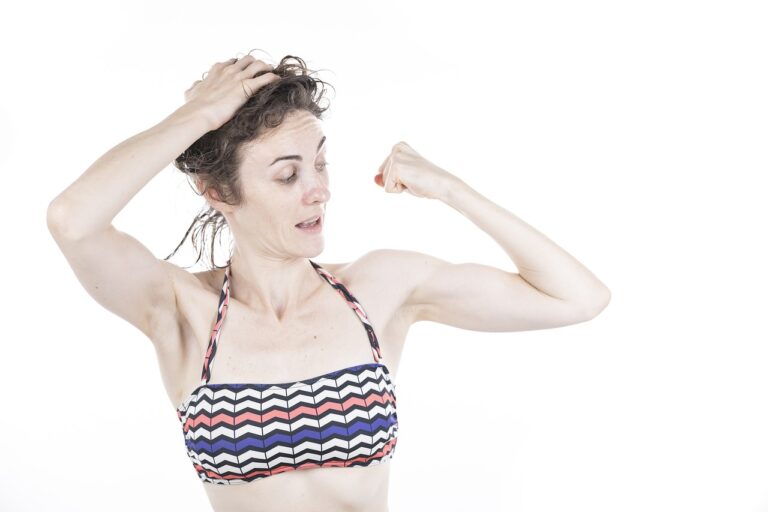The Impact of Virtual Reality Exposure Therapy on Body Dysmorphic Disorder
Virtual Reality Exposure Therapy (VRET) for Body Dysmorphic Disorder (BDD) involves creating immersive, computer-generated environments where individuals are exposed to situations that trigger their body image concerns. By using a head-mounted display, individuals are placed in these virtual scenarios which may simulate real-life situations such as social gatherings or mirrors reflecting back distorted self-images. The idea behind VRET is to allow individuals to confront and gradually habituate to their fears and anxieties in a controlled and safe environment.
Through repeated exposure to these virtual environments, individuals with BDD can learn to reevaluate their distorted perceptions and beliefs about their appearance. The exposure helps them to gradually reduce their anxiety and distress associated with their body image concerns. Additionally, therapists can guide individuals through cognitive restructuring exercises during the VRET sessions to challenge and replace negative thoughts and perceptions with more balanced and realistic ones.
Research Studies on the Efficacy of Virtual Reality Exposure Therapy
Virtual reality exposure therapy has been gaining attention in the field of mental health treatment, particularly for individuals with Body Dysmorphic Disorder (BDD). Several research studies have been conducted to evaluate the efficacy of using virtual reality technology as a therapeutic approach for individuals struggling with BDD. These studies have shown promising results in terms of reducing symptoms of BDD and improving the overall well-being of patients.
One study published in the Journal of Anxiety Disorders examined the effects of virtual reality exposure therapy on a sample of individuals diagnosed with BDD. The results indicated a significant decrease in BDD symptoms after the participants underwent virtual reality exposure sessions. The immersive nature of virtual reality environments allowed individuals to confront their body image concerns in a controlled and safe setting, leading to a reduction in anxiety and distress associated with BDD.
Benefits of Using Virtual Reality in Treating Body Dysmorphic Disorder
Virtual reality (VR) therapy has been gaining attention in the treatment of Body Dysmorphic Disorder (BDD) due to its unique benefits. One of the key advantages of using virtual reality in treating BDD is the ability to create tailored environments that allow individuals to confront their distorted body image in a controlled and safe setting. This exposure to virtual representations of their perceived flaws can help patients gradually challenge and change their negative beliefs about their appearance.
Moreover, virtual reality exposure therapy has shown promising results in improving treatment outcomes for individuals with BDD. By providing a realistic and immersive experience, VR therapy can help patients develop coping strategies and enhance their ability to manage distressing situations related to their body image concerns. This innovative approach not only offers a novel way to address BDD symptoms but also has the potential to enhance engagement and motivation in the therapy process.
Virtual reality therapy allows individuals to confront their distorted body image in a controlled and safe setting
Exposure to virtual representations of perceived flaws can help patients challenge and change negative beliefs about their appearance
VR therapy has shown promising results in improving treatment outcomes for individuals with BDD
Provides a realistic and immersive experience to help patients develop coping strategies
Enhances ability to manage distressing situations related to body image concerns
How does Virtual Reality Exposure Therapy work for Body Dysmorphic Disorder?
Virtual Reality Exposure Therapy involves exposing individuals to virtual environments that trigger their body image concerns in a controlled setting, allowing them to confront and gradually overcome their fears and anxieties.
What research studies have been conducted on the efficacy of Virtual Reality Exposure Therapy for Body Dysmorphic Disorder?
Several research studies have shown promising results in using Virtual Reality Exposure Therapy for treating Body Dysmorphic Disorder, with many individuals experiencing improvements in their symptoms and quality of life.
What are the benefits of using Virtual Reality in treating Body Dysmorphic Disorder?
Some benefits of using Virtual Reality in treating Body Dysmorphic Disorder include increased accessibility to therapy, a safe and controlled environment for exposure therapy, and the ability to customize virtual environments to address individual concerns and triggers.







